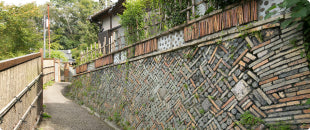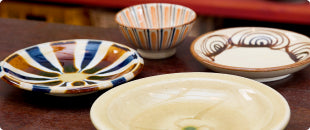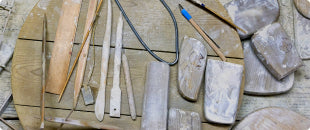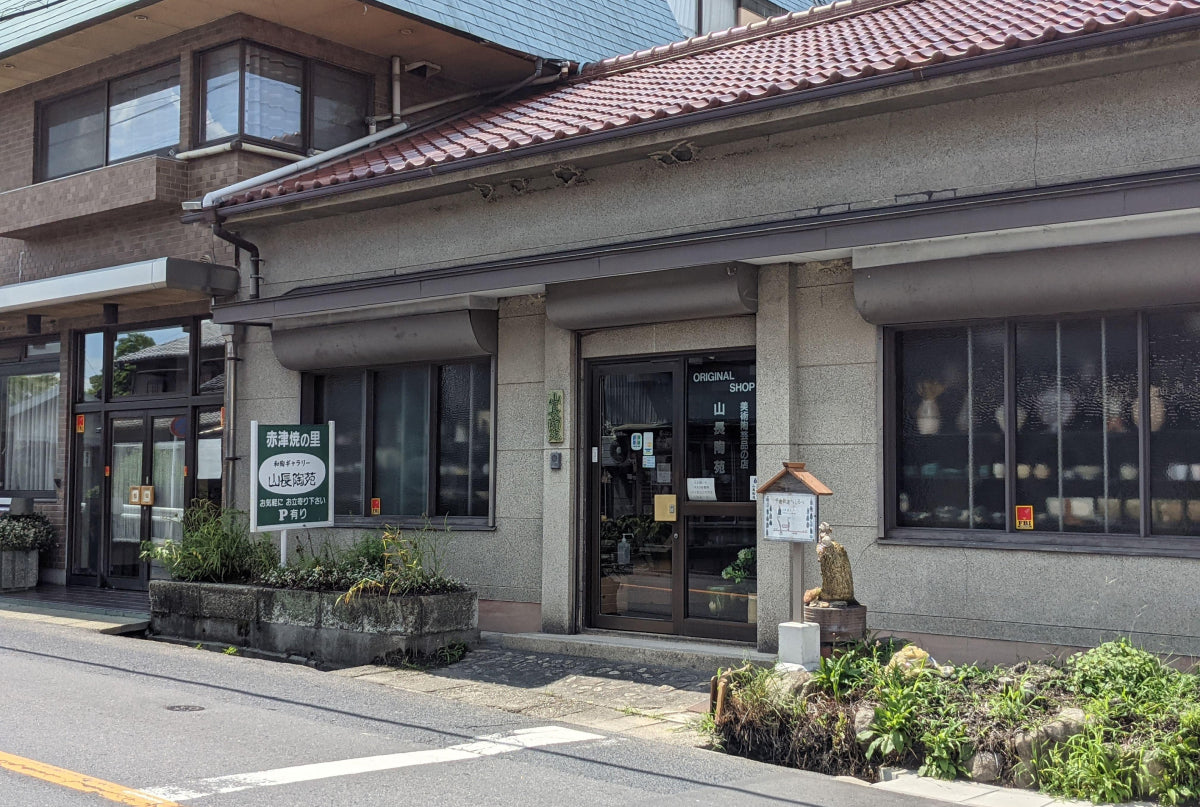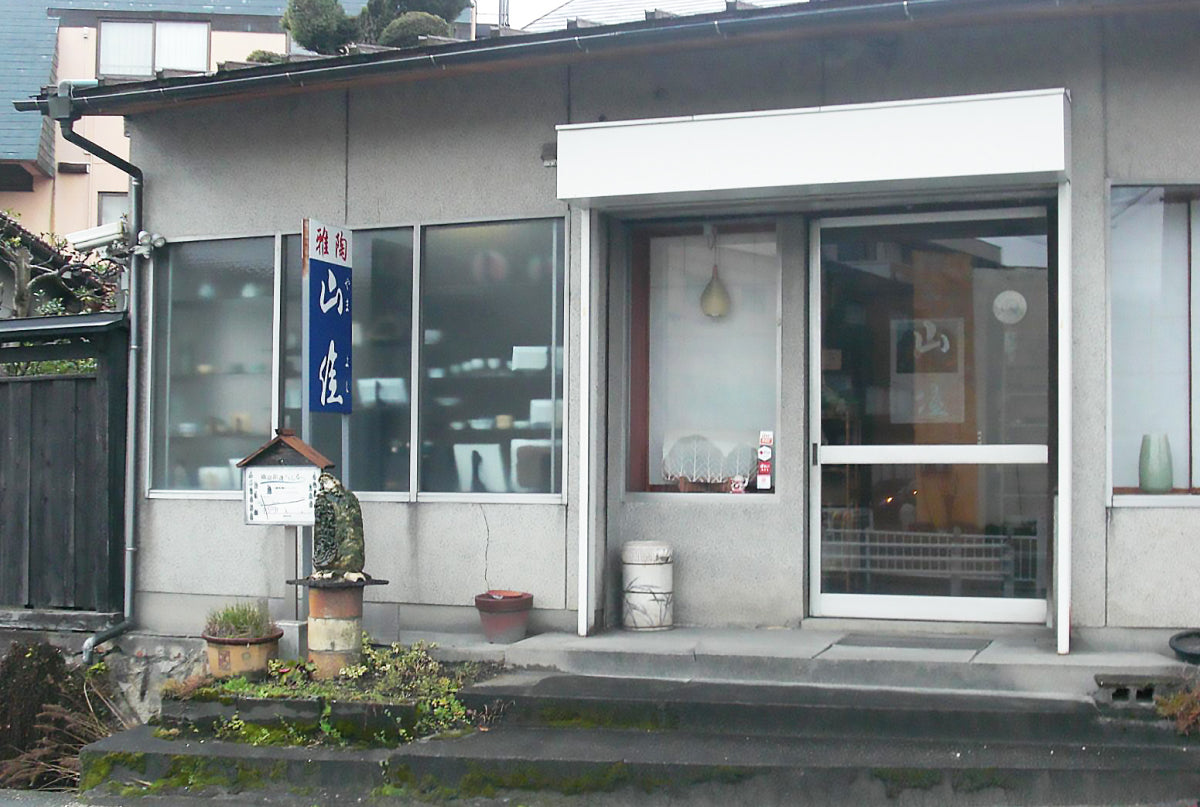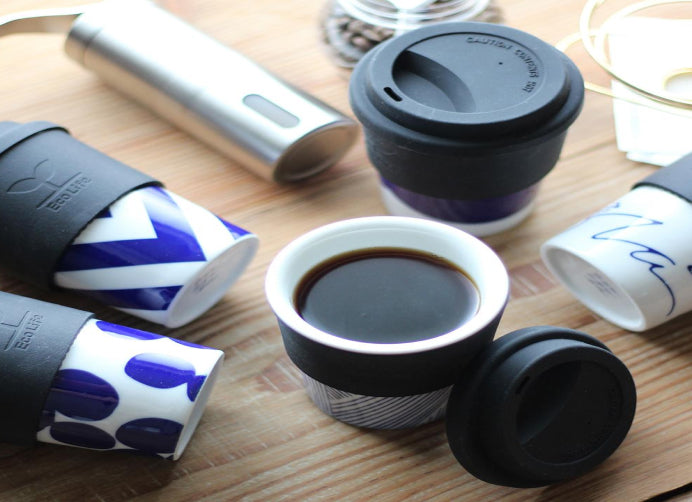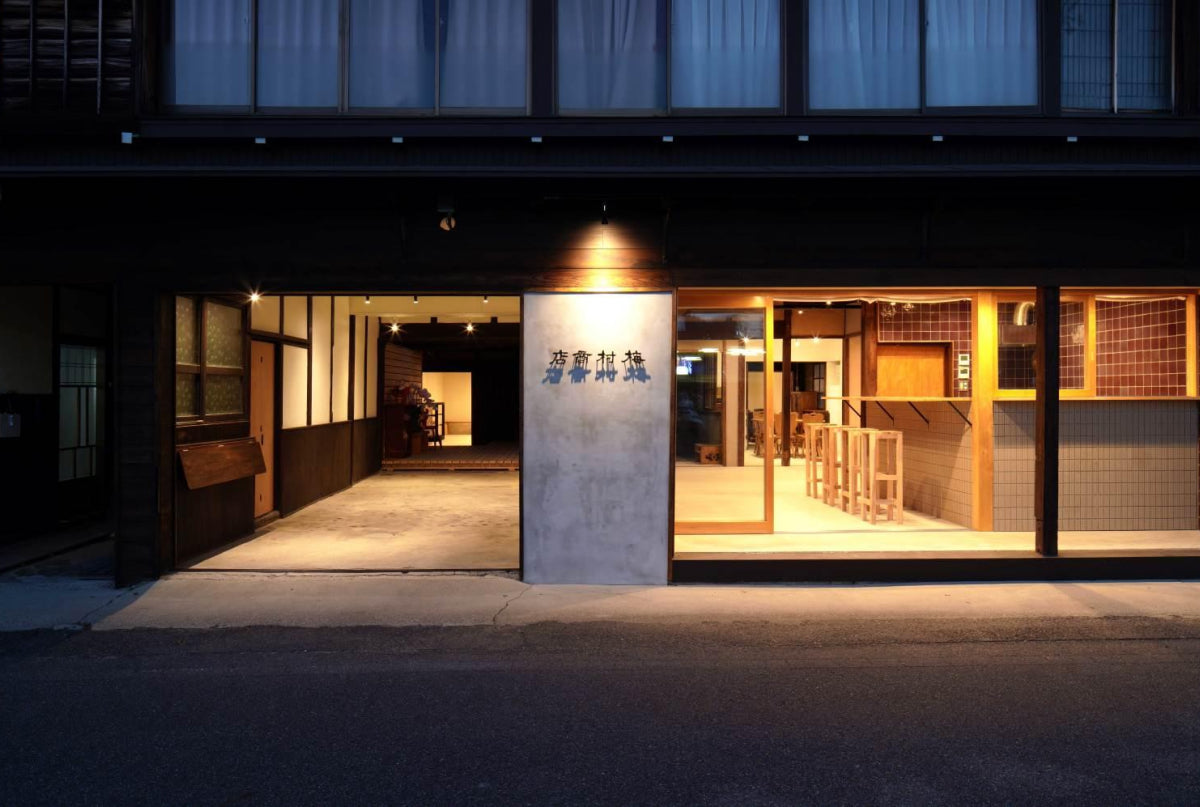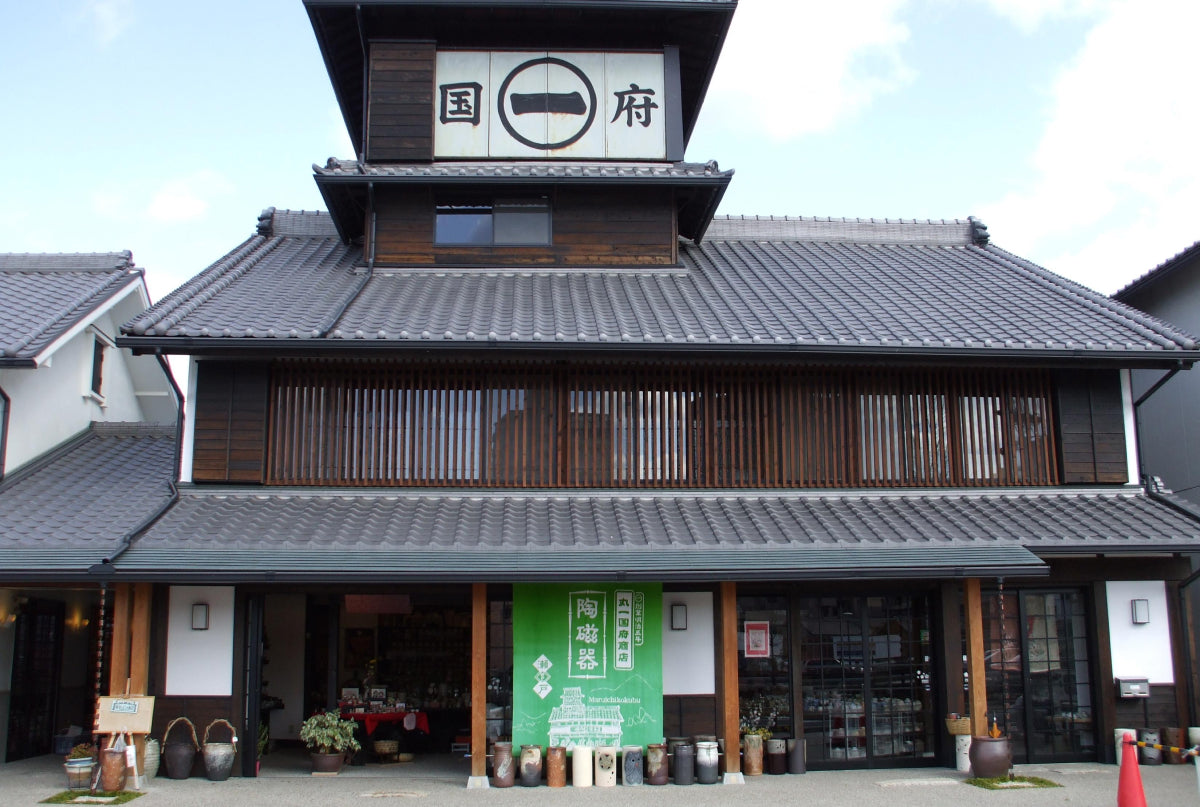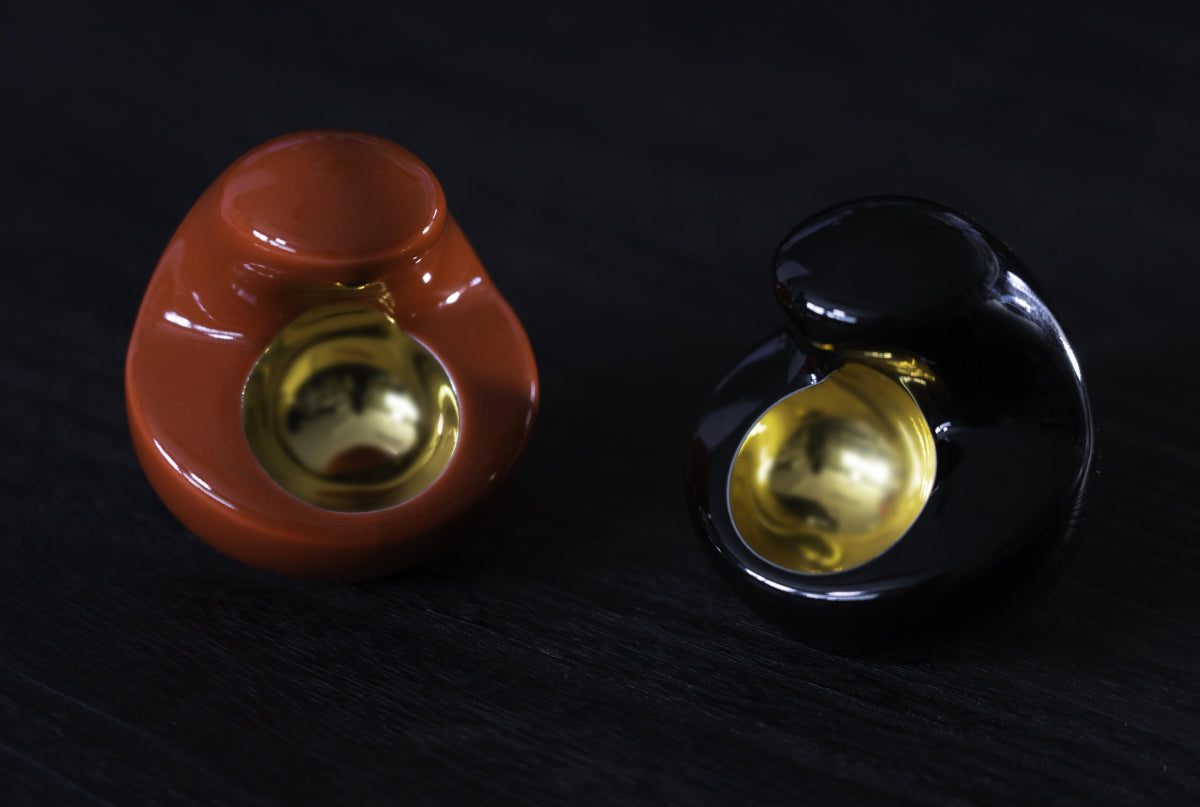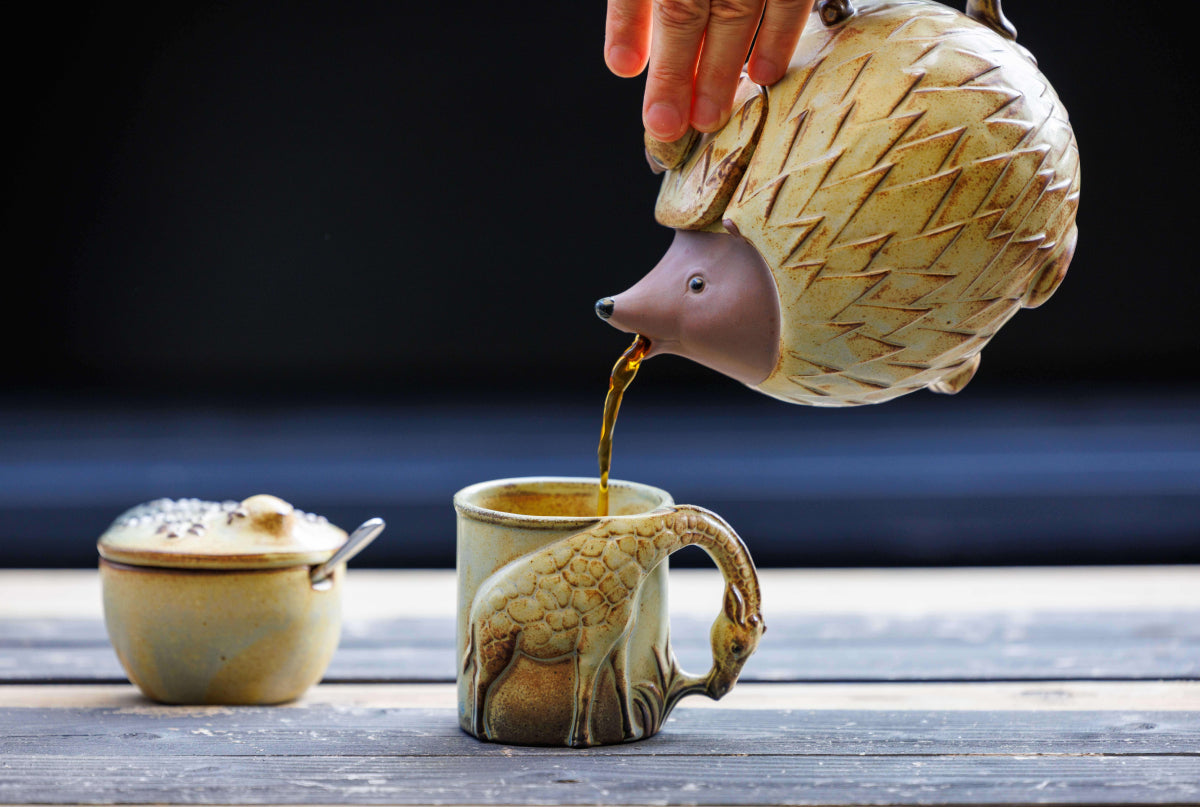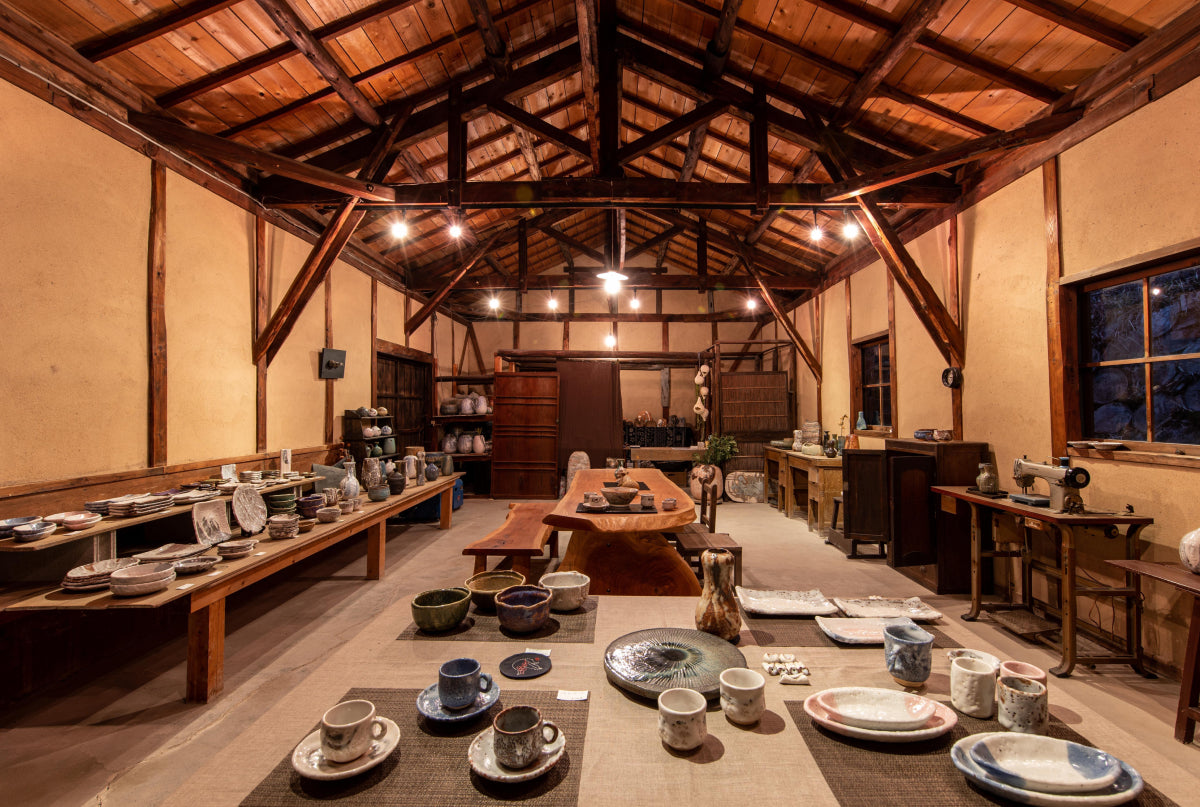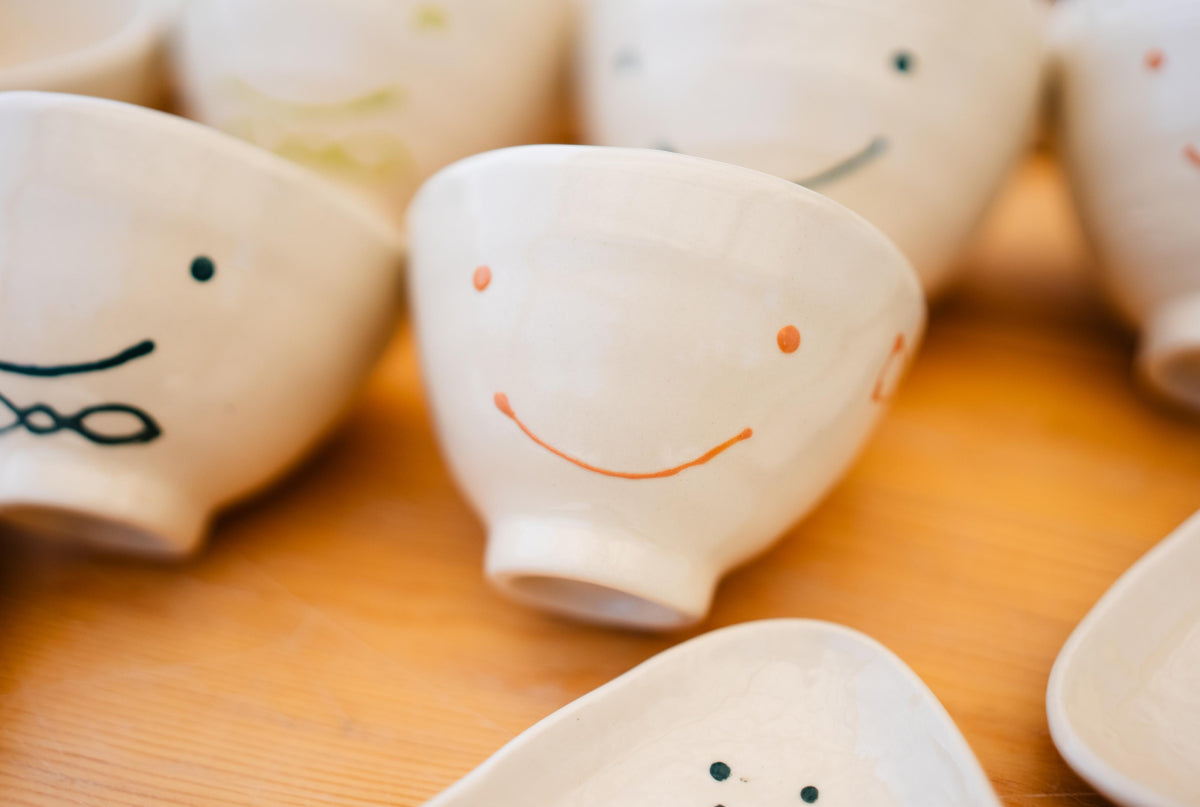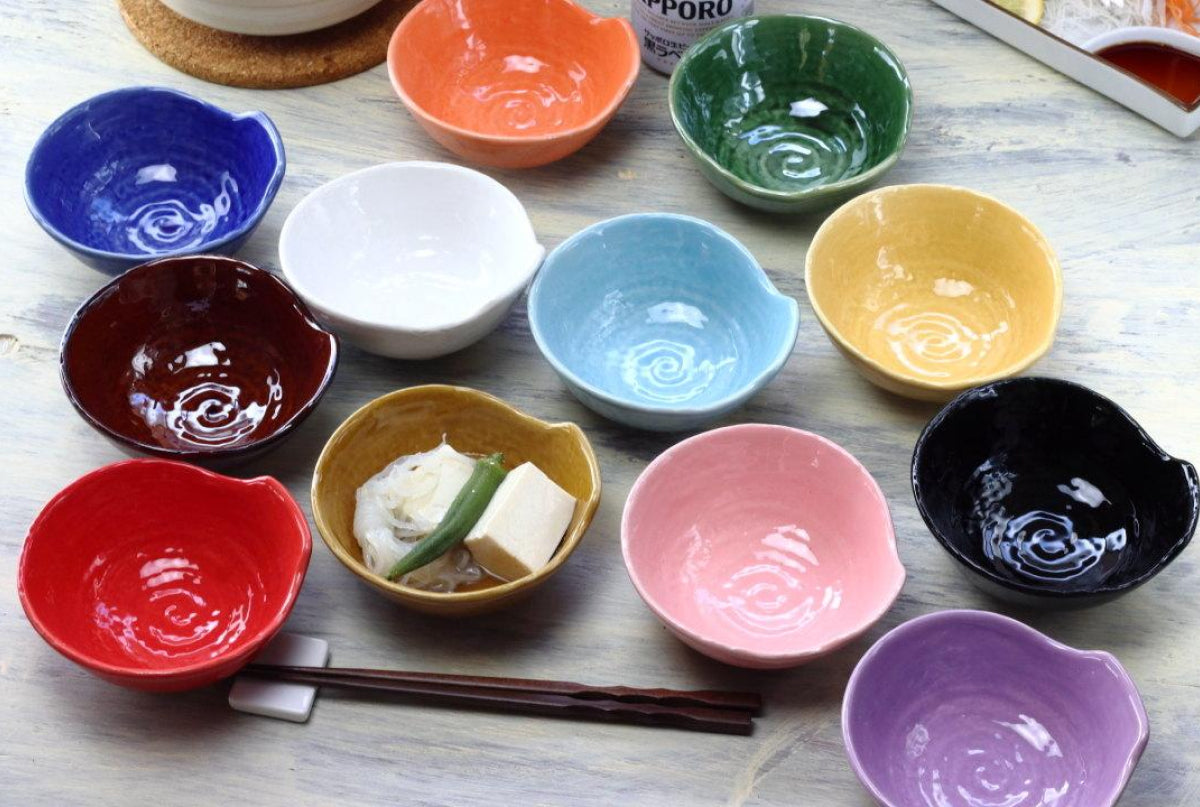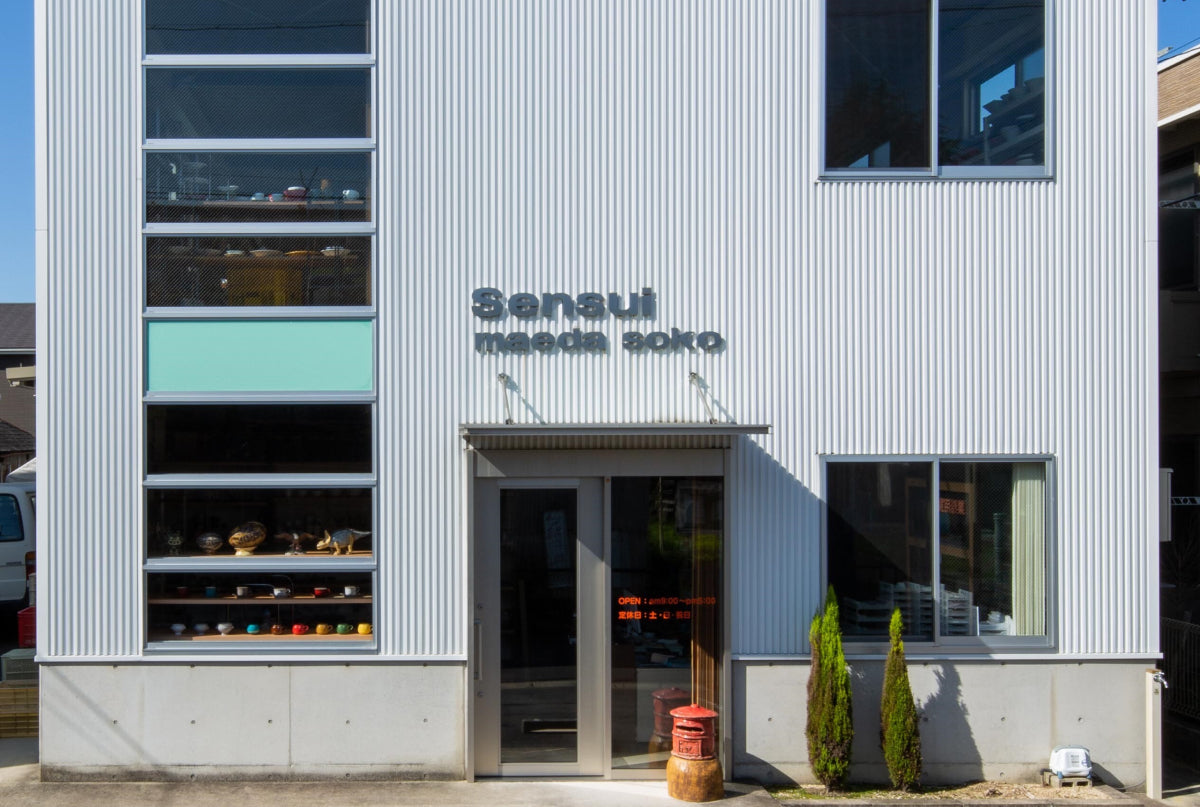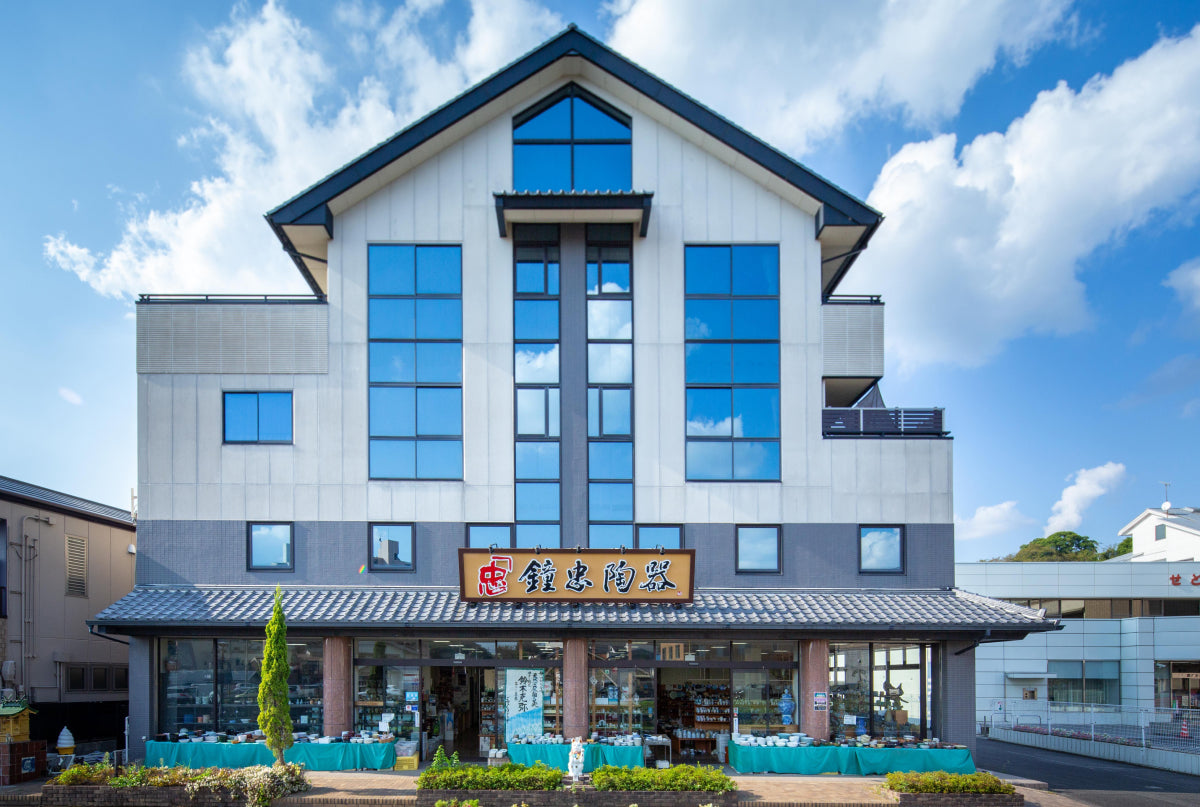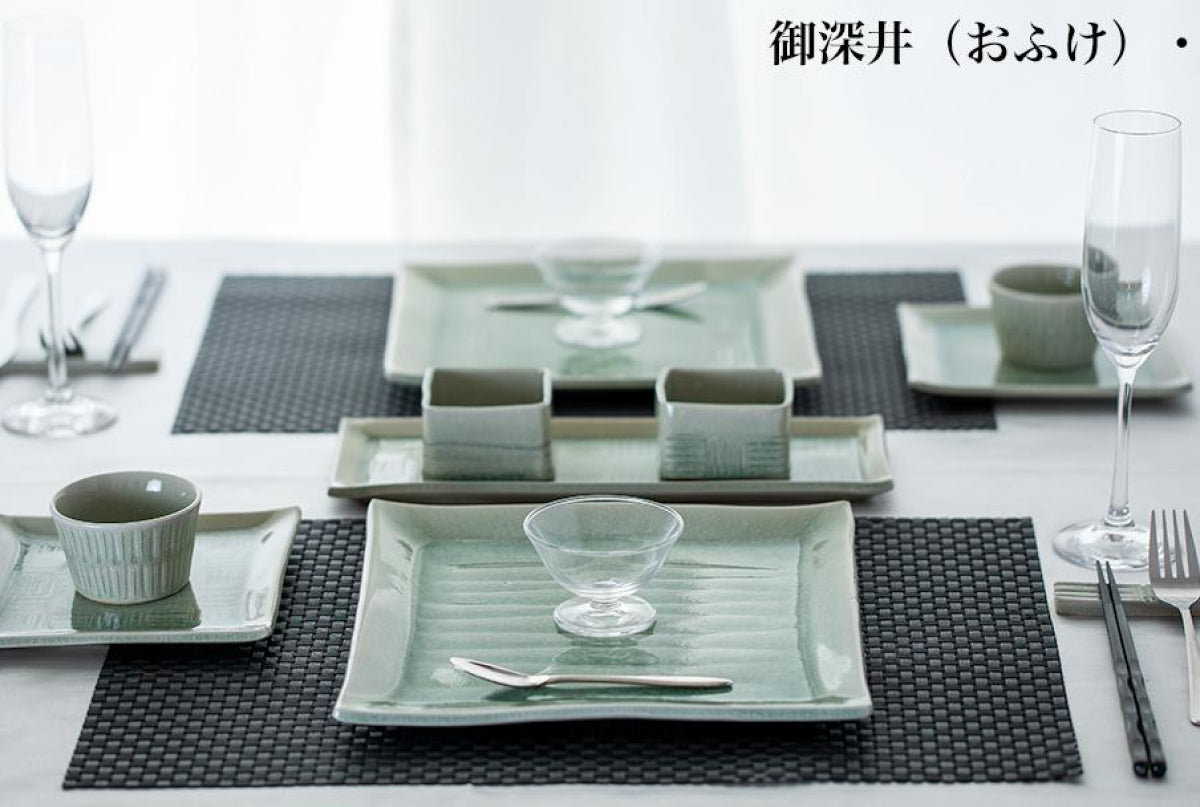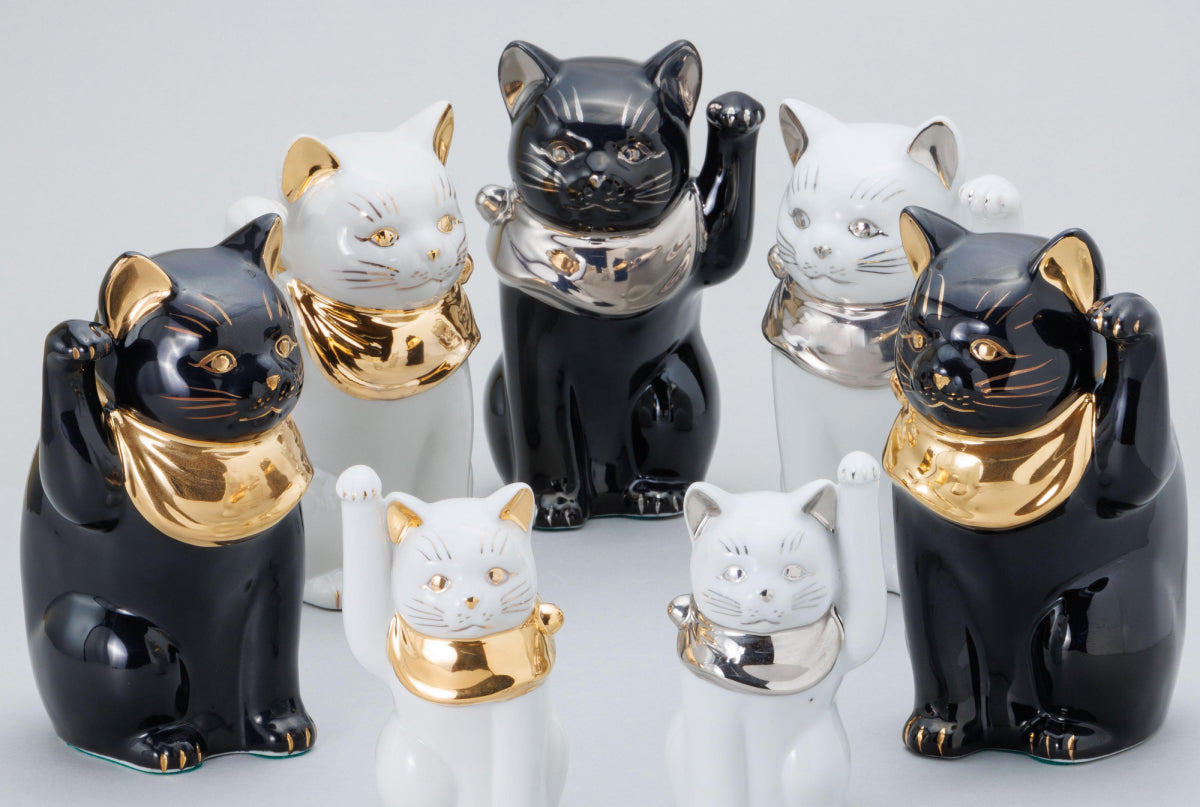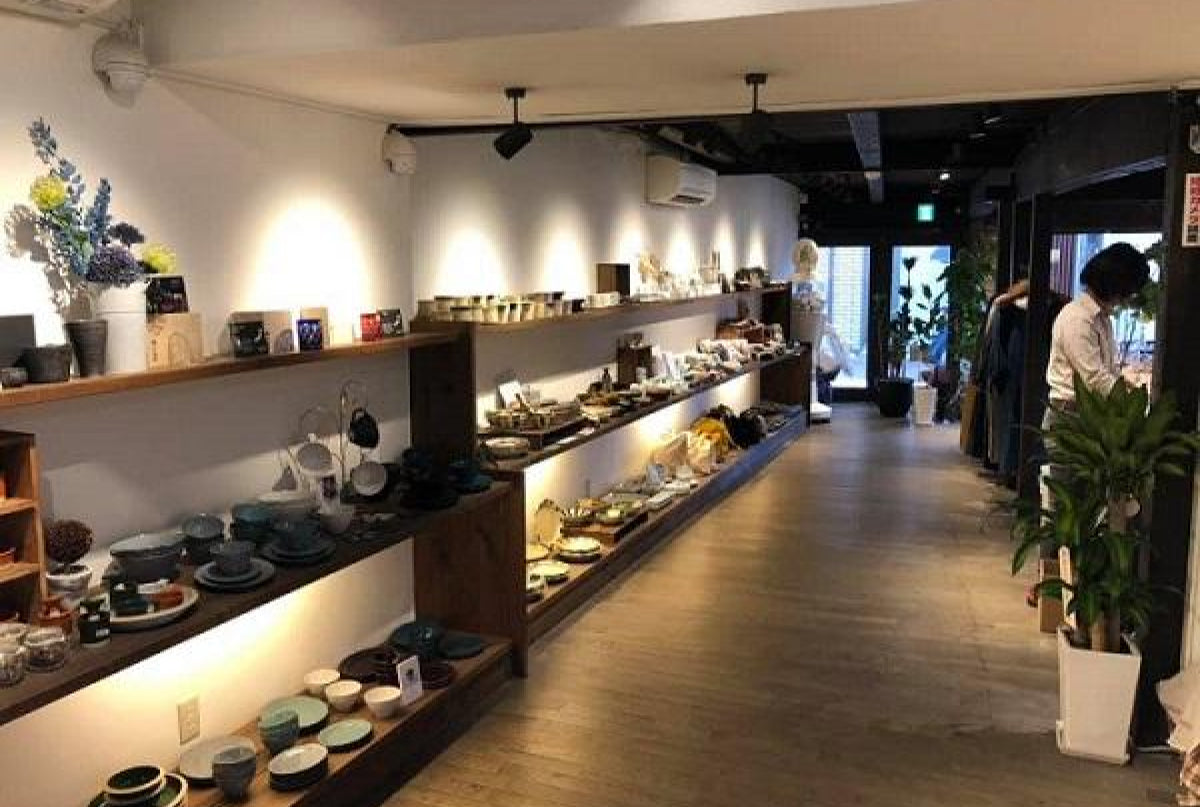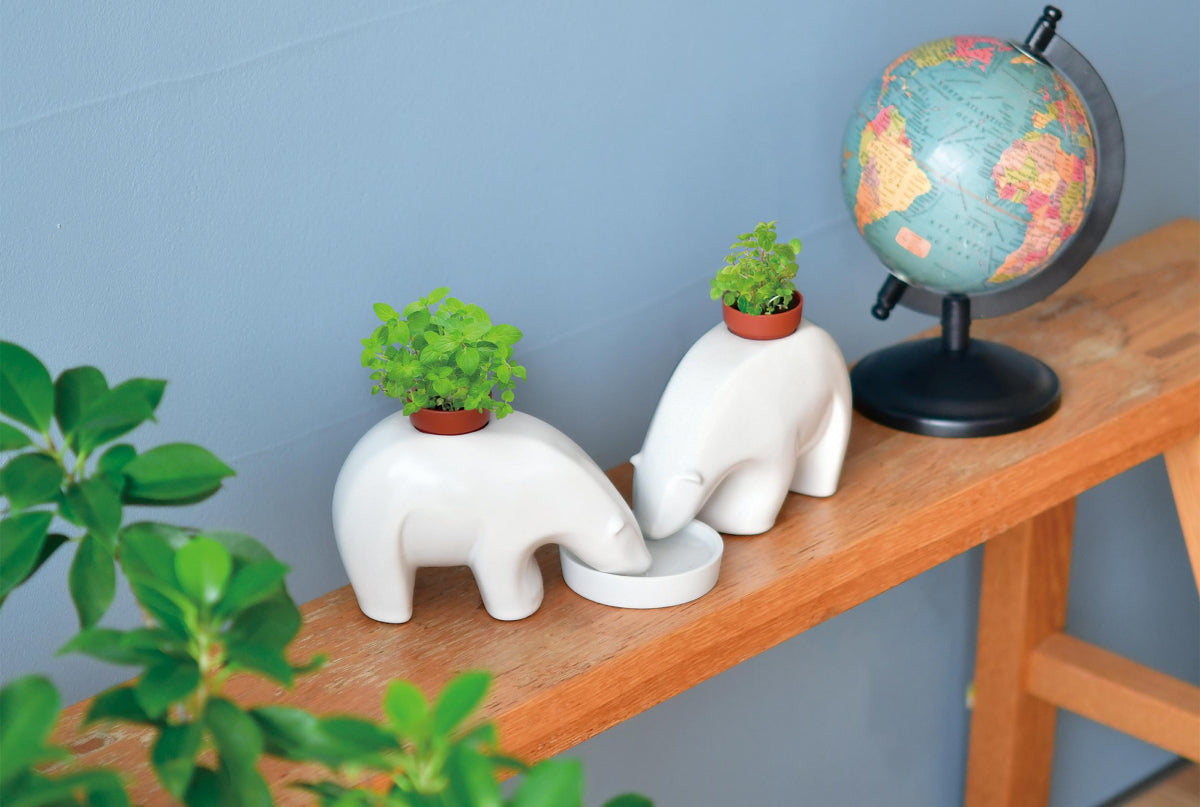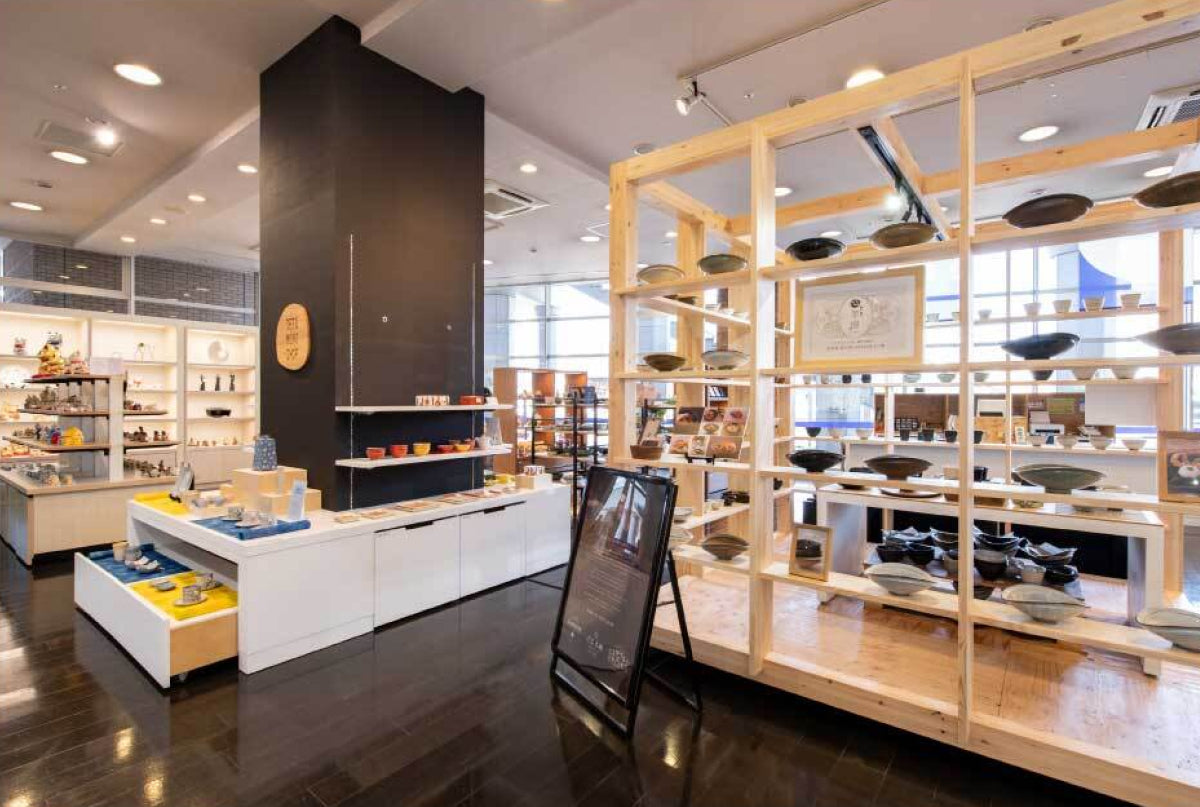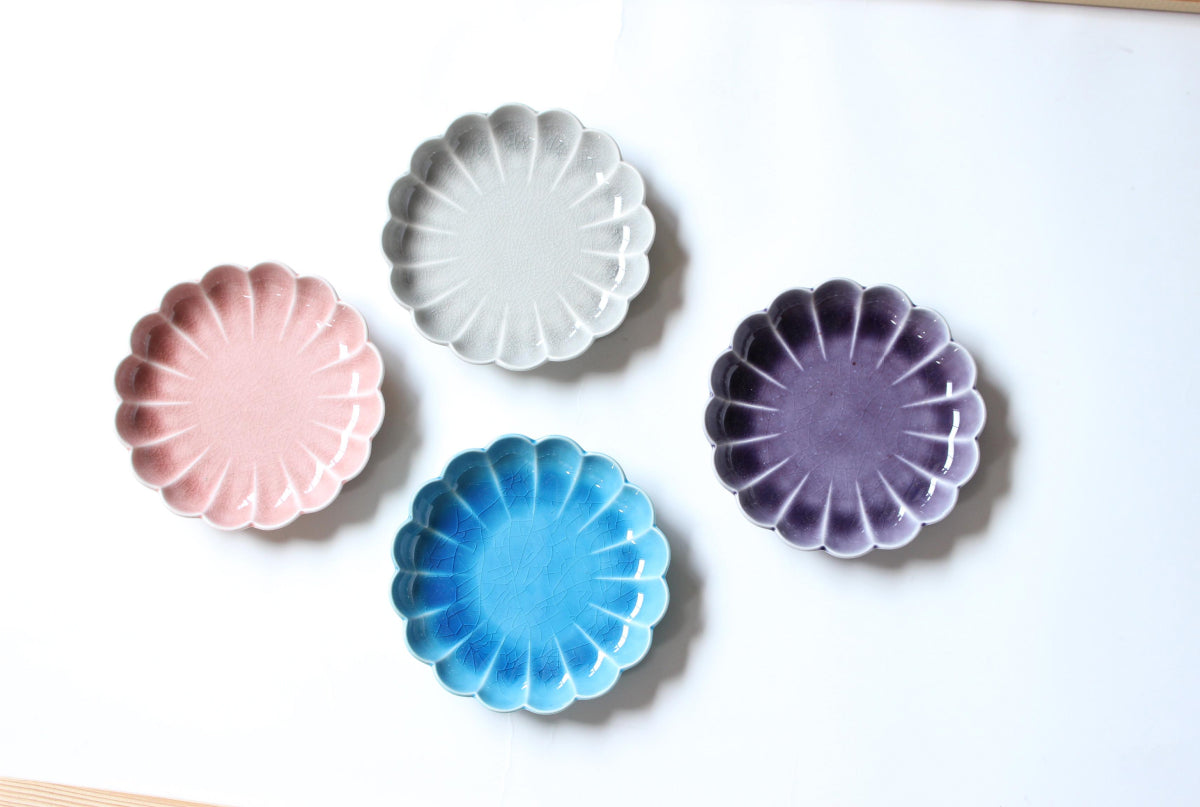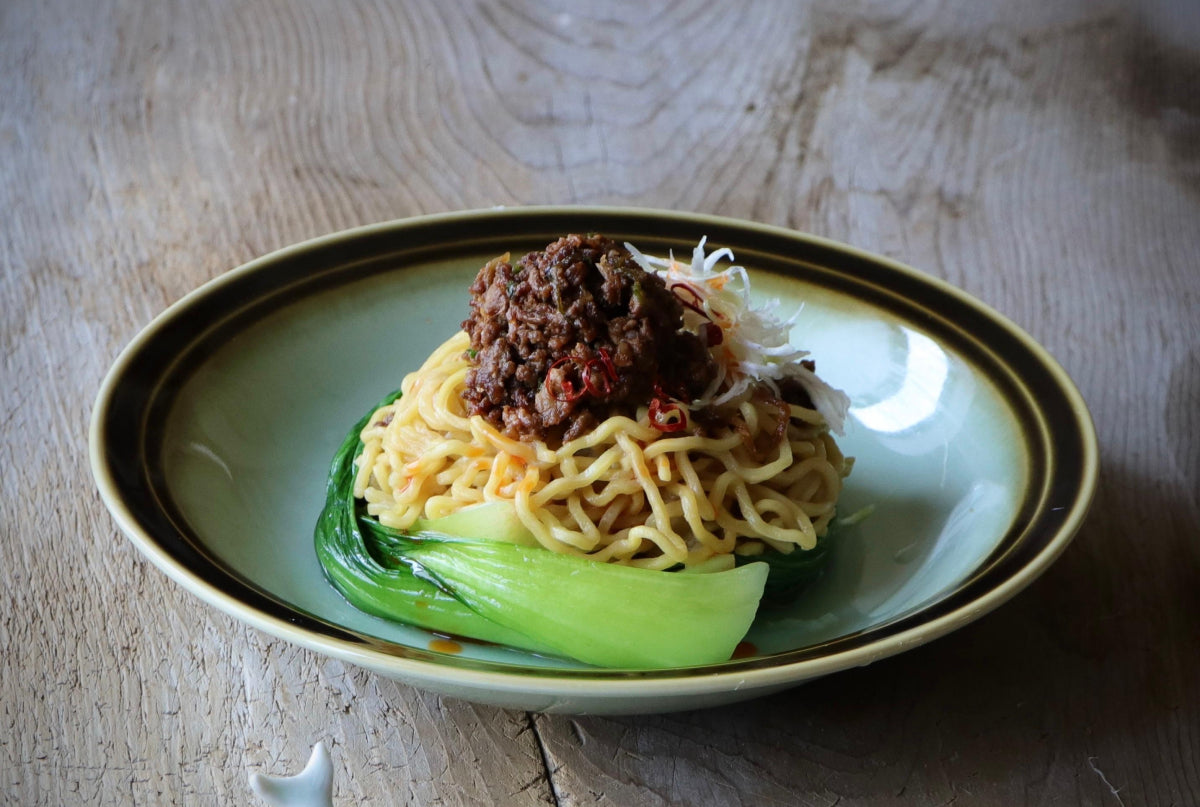Seto ware is a representative of Japan, which has more than a thousand years of history and tradition.
The feature of this Seto ware is the only production area in the Middle Ages that produced glaze pottery.
For more than a thousand years, we have been making pottery that makes full use of various glaze.
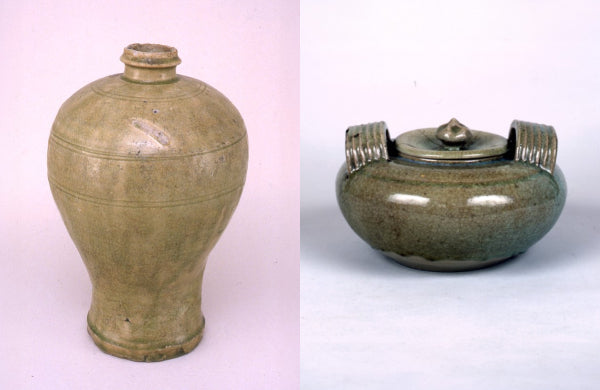
1. Ashed glaze (Kaiyu)/ Otofuke YuuLight green/light blue
Glaze using plant ash. It is a traditional glaze that has been used since the birthplace of Seto -yaki, and is the basic glaze of all glaze. The color tone changes slightly depending on the impurities contained in the ash, but it has a pale yellow -green color in oxidized firing and a pale blue color in redemption firing. In the Edo period, the Owari Tokugawa family is derived from the glaze used in the grilled potato that was baked in Nagoya Castle as a garden grilled in Nagoya Castle. 。
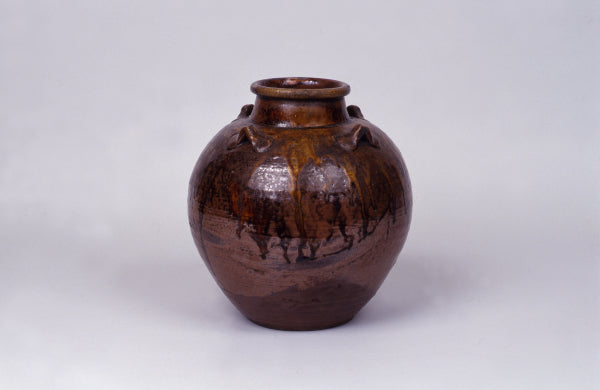
2. Iron glazeBrown, burnt brown, black
A glaze with an iron oxide as a coloring agent. In Seto ware, it was the first to be used in the late 13th century in the Kamakura period. Due to the amount of iron contained, it develops from yellow -brown to black. Seto, Tenme glaze, and Furuso glaze are also a kind of iron glaze.
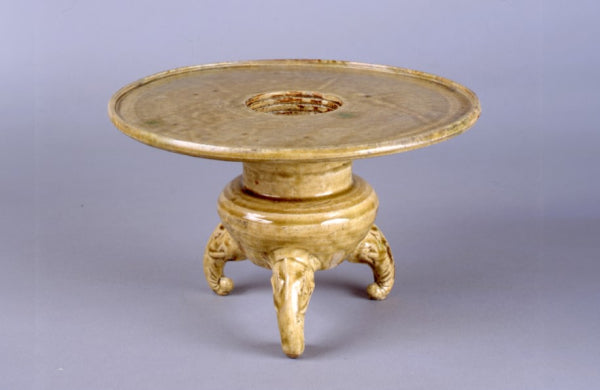
3. Kiseo Yushiyellow
A glaze that develops yellowish brown with a very small amount of iron. It is a glaze developed by Seto's potter in the late 16th century during the Momoyama period. Many of the decorative accents use green tampan (copper sulfate).
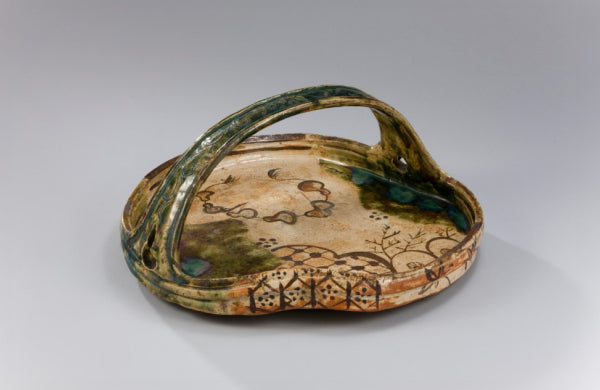
4. Oribe glaze/Tatsunshi YuuGreen/red
A glaze that develops a green color as a coloring agent. This name was named because Furuta Oribe, a high brother of Senrikyu, liked it. It is a glaze developed by Seto's potter in the early 17th century of the Momoyama period. Copper develops in green in Oribe when oxidized, but it develops red in red.
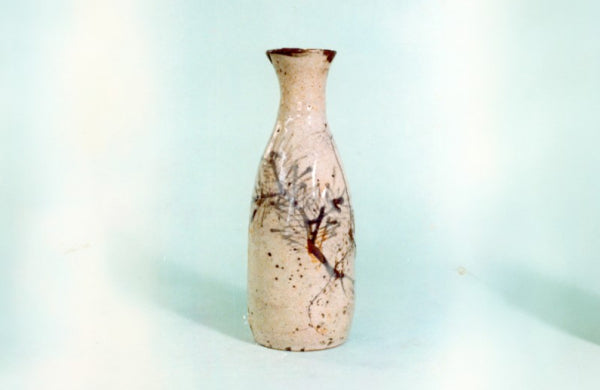
5. Shino glazeWhite
The glaze used mainly with Nagaishi develops a glossy and cloudy white color. It is a glaze developed by Seto's potter in the late 16th century during the Momoyama period.
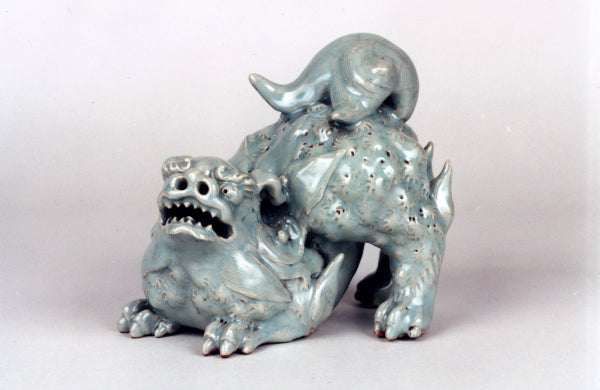
6. Blaetomed glaze (Seiji Yu)Blue, green
A glaze that develops blue or green with a small amount of iron oxide. In Seto, it began to be used since the production of porcelain began in the late 19th century in the late Edo period, especially since the Meiji era. Chromium porcelain using chromium is often used in Seto.
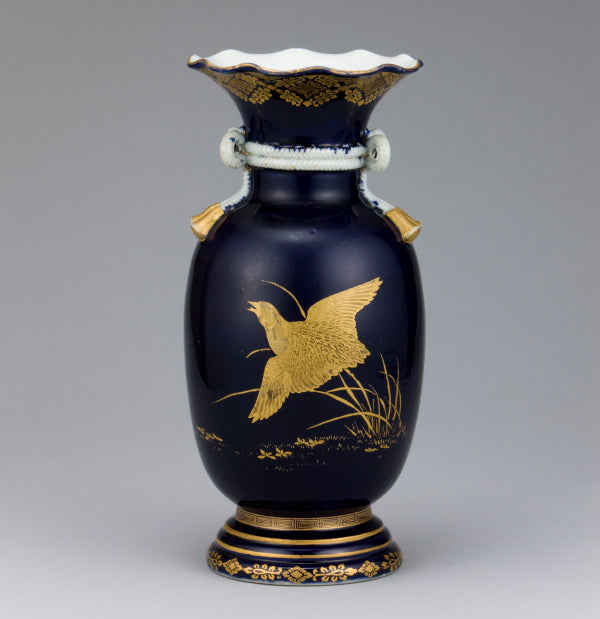
7. Ruri glazeNavy blue blue, indigo
Glaze that develops a dark blue color by Kurezu, cobalt. In Seto, it began to be used in the late 19th century of the Edo period when the production of porcelain began, but the Owari clan has stopped making a large amount of expensive Kureusu. Especially since the Meiji era, it has been used in brazes and flower pots.

